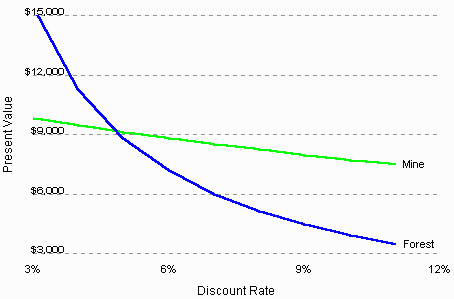From Efficient Frontier:
Pity the poor value investors. Nurtured on the
elegant prose of Benjamin Graham, the folksy humor of Warren Buffett,
and the daunting statistical elegance of Fama and French, they’ve
languished in the wilderness with fifteen years of excruciating
underperformance. What went wrong?
Countless have taken no small pleasure in the misery
of this unhappy band of brothers, for in many cases they constitute the
sometimes less-than-humble Best and Brightest in finance. The cheap shot
is all too tempting. Usually it doesn’t go much beyond a gleeful
dunning of pointy-headed academics who wouldn’t know a stock ticket if
one landed on their overhead projector.
Another explanation, perhaps closer to the mark, is
Rekenthaler’s Rule: "If the bozos know about it, it doesn’t work
anymore." In other words, as soon as an anomaly is uncovered, it is
arbitraged out of existence.
The truth, I believe, is somewhat more complex and much more interesting. But first, if you haven’t yet done so, do
read the piece "
Of Mines, Farms, Forests, and Impatience,"
in the Spring 2001 issue, before proceeding. To recap, Irving Fisher’s
mine is similar to a value stock—its cash flow is "front-loaded" and
likely to slowly decrease over time. Fisher’s newly-planted forest is,
of course, a growth stock, with zero income up front and dividends
gradually kicking in as the decades wear on. Since the value of both of
these enterprises is their total stream of annual income
discounted to the present,
an increase in the discount rate hurts the mine (value stock) much,
much less than the forest (growth stock). I’ve slightly modified the
graph from the last article in order to display this phenomenon.

The observation that higher interest rates are more
harmful to growth than value stocks is not new, but there has been
surprisingly little attention devoted to this in the growth-versus-value
debate, particularly from a historical perspective.
In order to examine the problem, I took advantage of Ken French’s wonderful
Web site
and downloaded the HmL series (a familiar Fama-French acronym for
"high-minus-low" book value), which goes back to July 1926. This series
basically represents the return of the top third of stocks sorted on
book/price, minus the return of the bottom third. In other words, the
value-minus-growth return difference. A positive number signifies higher
returns for value stocks, and vice versa. The simple plot of monthly
inflation versus HmL is an eye-crossing scattergram, but the slope of
HmL on inflation is clearly positive, with a
t stat of 2.91 and a
p
value of .0037. So there is indeed a significant positive correlation
between inflation and value return, albeit a very noisy one....
MORE
